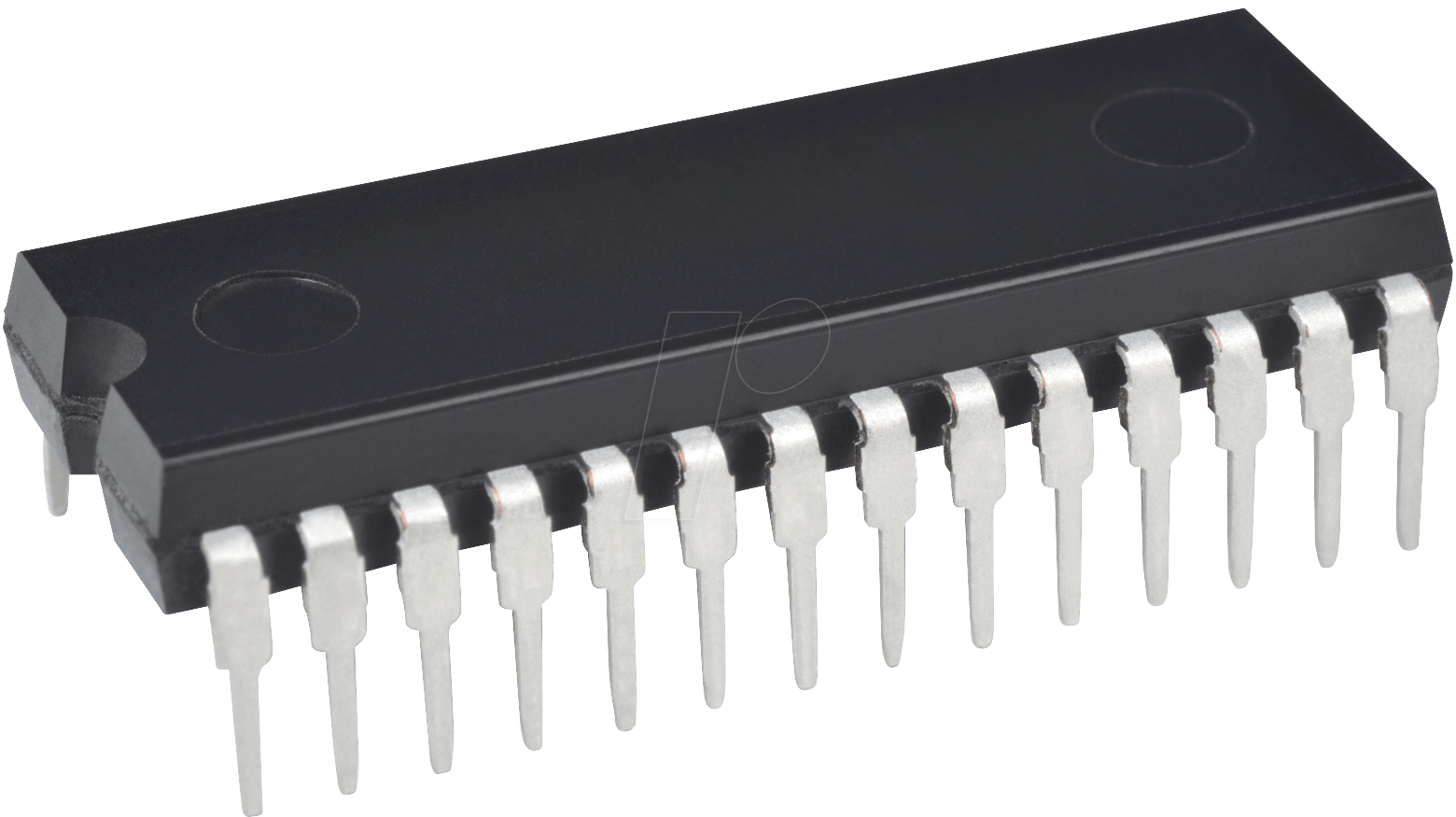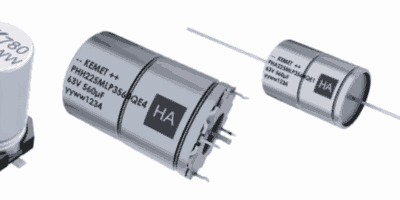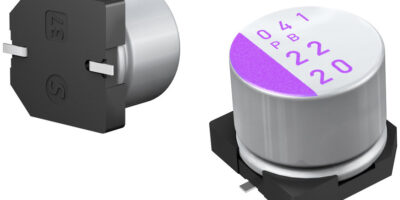Introduction
Synchronous counters are essential components in digital electronics, used for various applications ranging from digital clocks to microprocessors. These counters operate synchronously with a clock signal and are pivotal in maintaining precise timing and sequencing in digital systems. This market overview delves into the technology, customer analysis, key metrics, historical developments, benefits, and dynamics of the synchronous counter market.
Technology Analysis
Synchronous counters utilize flip-flops to store information and perform counting operations. The key technology aspects include:
- Flip-Flops: These are the fundamental building blocks of synchronous counters, storing binary information and transitioning states based on clock signals.
- Clock Signal: Synchronous counters rely on a clock signal to synchronize counting operations. The clock signal ensures that all flip-flops change states simultaneously, maintaining synchronization.
- Decoding Logic: Decoding logic is employed to determine the state transitions of the counter based on specific counting sequences required by the application.
- Feedback Mechanism: Some synchronous counters incorporate feedback mechanisms to enable functionalities such as modulo counting or frequency division.
Customer Analysis
Customers for synchronous counters span various industries and applications, including:
- Electronics Manufacturing: Original Equipment Manufacturers (OEMs) in electronics rely on synchronous counters for integrating timing and counting functionalities into their products.
- Automotive: Automotive manufacturers utilize synchronous counters in engine control units (ECUs), dashboard displays, and other electronic systems requiring precise timing.
- Telecommunications: Telecommunication equipment manufacturers employ synchronous counters in network devices for timing and synchronization purposes.
- Aerospace and Defense: In avionics, defense systems, and satellite communications, synchronous counters ensure accurate timing and sequencing critical for mission success and safety.
- Consumer Electronics: Synchronous counters find applications in consumer electronics such as digital watches, microwave ovens, and kitchen appliances.
Key Metrics
Key metrics in the synchronous counter market include:
- Unit Sales: The number of synchronous counter units sold globally over a specified period.
- Revenue: Total revenue generated by synchronous counter sales, including both hardware and associated services.
- Market Share: The percentage of total market sales captured by each synchronous counter manufacturer or vendor.
- Growth Rate: Annual growth rate of the synchronous counter market, indicating its expansion or contraction over time.
Historical Developments
The evolution of synchronous counters has been marked by several significant developments:
- Introduction of Integrated Circuits (ICs): The advent of ICs led to the miniaturization and integration of synchronous counter circuits, making them more efficient and cost-effective.
- Advancements in Semiconductor Technology: Improvements in semiconductor fabrication techniques have enabled the development of high-speed and low-power synchronous counters suitable for modern digital systems.
- Integration with Microprocessors: Synchronous counters have been integrated into microprocessors and System-on-Chip (SoC) designs, expanding their capabilities and applications.
- Standardization: Standardization efforts in the electronics industry have led to the establishment of common interfaces and protocols for synchronous counters, enhancing interoperability and compatibility.
Receive the FREE Sample Report of Synchronous Counter Market Research Insights @ https://stringentdatalytics.com/sample-request/synchronous-counter-market/7370/
Market Segmentations:
Market Segmentations:
Global Synchronous Counter Market: By Company
• Intel
• Broadcom Inc
• Texas Instruments
• STMicroelectronics
• NXP Semiconductors
• Microchip Technology Inc.
• Analog Devices
• Renesas Electronics
• onsemi
• Nvidia
• Xilinx, Inc.
• Toshiba
• Wingtech(Nexperia)
Global Synchronous Counter Market: By Type
• Synchronous Up Counter
• Synchronous Down Counter
Global Synchronous Counter Market: By Application
• Consumer Electronics
• Industrial
• Others
Regional Analysis of Global Synchronous Counter Market
All the regional segmentation has been studied based on recent and future trends, and the market is forecasted throughout the prediction period. The countries covered in the regional analysis of the Global Synchronous Counter market report are U.S., Canada, and Mexico in North America, Germany, France, U.K., Russia, Italy, Spain, Turkey, Netherlands, Switzerland, Belgium, and Rest of Europe in Europe, Singapore, Malaysia, Australia, Thailand, Indonesia, Philippines, China, Japan, India, South Korea, Rest of Asia-Pacific (APAC) in the Asia-Pacific (APAC), Saudi Arabia, U.A.E, South Africa, Egypt, Israel, Rest of Middle East and Africa (MEA) as a part of Middle East and Africa (MEA), and Argentina, Brazil, and Rest of South America as part of South America.
Click to Purchase Synchronous Counter Market Research Report @ https://stringentdatalytics.com/purchase/synchronous-counter-market/7370/
Benefits
Synchronous counters offer several benefits to users:
- Precise Timing: Synchronous counters ensure precise timing and synchronization, critical for applications requiring accurate sequencing of events.
- High-Speed Operation: With advancements in technology, synchronous counters can operate at high clock frequencies, enabling rapid counting and processing.
- Modularity: Modular designs allow for scalability and customization of synchronous counters to meet specific application requirements.
- Reliability: Synchronous counters are known for their reliability and robustness, making them suitable for mission-critical applications in various industries.
Key Dynamics
The synchronous counter market is influenced by several key dynamics:
- Technological Advancements: Continued advancements in semiconductor technology and design methodologies drive innovation and differentiation among synchronous counter products.
- Market Competition: Intense competition among synchronous counter manufacturers and vendors leads to price pressures and innovation to gain a competitive edge.
- Industry Trends: Emerging trends such as the Internet of Things (IoT), 5G technology, and autonomous vehicles drive demand for synchronous counters with specific functionalities and performance requirements.
- Regulatory Environment: Compliance with industry standards and regulations, particularly in sectors like automotive and aerospace, shapes the development and adoption of synchronous counter solutions.
- Customer Requirements: Evolving customer needs and preferences, such as demand for energy-efficient and compact designs, influence product development and market strategies.
Conclusion
The synchronous counter market plays a vital role in enabling precise timing and sequencing in digital systems across various industries. With ongoing technological advancements and evolving customer demands, manufacturers and vendors must stay abreast of market dynamics to capitalize on emerging opportunities and address challenges effectively. As digitalization continues to proliferate across industries, the demand for high-performance synchronous counter solutions is expected to remain strong, driving innovation and growth in the market.
Through a comprehensive understanding of technology trends, customer requirements, key metrics, historical developments, benefits, and dynamics, stakeholders can navigate the synchronous counter market landscape successfully and position themselves for long-term success.
About Stringent Datalytics
Stringent Datalytics offers both custom and syndicated market research reports. Custom market research reports are tailored to a specific client’s needs and requirements. These reports provide unique insights into a particular industry or market segment and can help businesses make informed decisions about their strategies and operations.
Syndicated market research reports, on the other hand, are pre-existing reports that are available for purchase by multiple clients. These reports are often produced on a regular basis, such as annually or quarterly, and cover a broad range of industries and market segments. Syndicated reports provide clients with insights into industry trends, market sizes, and competitive landscapes. By offering both custom and syndicated reports, Stringent Datalytics can provide clients with a range of market research solutions that can be customized to their specific needs.
Reach US
Stringent Datalytics
+1 346 666 6655
Social Channels:




Leave a Reply